Introduction
Edamame, the fresh green soybeans popular in East Asian cuisine, are a delightful and nutritious snack or side dish. Their sweet and slightly earthy flavor, combined with a tender texture, makes them a favorite among food enthusiasts worldwide. One of the simplest and most traditional ways to prepare edamame is by boiling them in saltwater. However, achieving the perfect balance between cooked through beans and retaining their vibrant green color and fresh taste can be challenging, particularly when it comes to determining the optimal cooking time. This article delves into the intricacies of boiling edamame in saltwater, exploring various factors that influence cooking time and providing practical guidelines to ensure your edamame turns out perfectly every time.
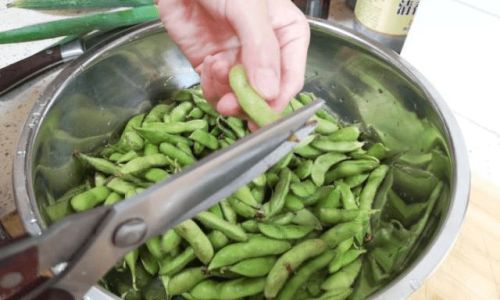
Understanding Edamame: A Nutritious Delight
Before diving into the specifics of cooking edamame, it’s essential to understand what makes this legume so special. Edamame is rich in protein, fiber, vitamins, and minerals, making it a powerhouse of nutrition. It contains all nine essential amino acids, making it a complete protein source, which is particularly beneficial for vegetarians and vegans. Additionally, edamame is a good source of iron, calcium, magnesium, and vitamins A, C, and K. Its nutritional profile contributes to various health benefits, including improved heart health, enhanced digestion, and weight management.
Preparing Edamame for Boiling
Before you start boiling your edamame, there are a few preparation steps to ensure the best results:
-
Selection and Inspection: Choose fresh, firm pods with a bright green color and no signs of discoloration or softening. Inspect each pod carefully to remove any that might be damaged or have blemishes.
-
Trimming the Ends: While some recipes call for leaving the pods whole, trimming off the tips of the pods can help the edamame cook more evenly and make them easier to eat.
-
Rinsing and Soaking (Optional): Rinse the edamame under cold running water to remove any dirt or debris. Some cooks recommend soaking the beans in water for a few hours or overnight to soften them slightly, but this step is optional and mainly depends on personal preference and the freshness of the edamame.
The Importance of Saltwater

Boiling edamame in saltwater enhances its flavor, bringing out the natural sweetness of the beans. Salt acts as a flavor enhancer, making the edamame more palatable and enjoyable. The amount of salt you use is a matter of taste, but generally, adding about 1-2 tablespoons of salt per quart of water is sufficient. Be sure to dissolve the salt completely in the water before adding the edamame to ensure an even distribution of flavor.
Determining the Optimal Cooking Time
Achieving the perfect cooking time for saltwater boiled edamame involves several considerations, including the freshness of the beans, their size, and your personal preference for texture. Here’s a comprehensive guide to help you nail the cooking time:
-
Freshness and Size: Fresh edamame generally cooks faster than older beans. Smaller beans also tend to cook quicker than larger ones. If you’re unsure about the freshness or size, err on the side of caution and start with a shorter cooking time.
-
Desired Texture: Some people prefer their edamame to be slightly crisp and firm, while others like them fully tender. The cooking time will vary accordingly. For crisp-tender edamame, aim for a cooking time of around 3-4 minutes. For fully tender beans, you may need to cook them for up to 6-7 minutes.
-
Boiling Method: The method you use to boil the edamame can also affect the cooking time. Bringing the saltwater to a rolling boil before adding the edamame helps to cook them more evenly and quickly. Once the edamame is added, reduce the heat to a simmer to prevent the water from boiling over and to maintain a gentle cooking environment.
-
Testing for Doneness: The best way to determine if your edamame is cooked to your liking is to taste-test a few beans. Remove a pod from the boiling water, let it cool slightly, and pop out a few beans. They should be bright green in color and have reached your desired level of tenderness.
Practical Tips for Perfect Edamame
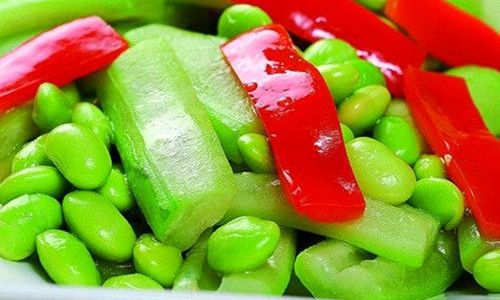
Here are some additional tips to ensure your saltwater boiled edamame turns out perfectly:
-
Use a Large Pot: Boiling edamame in a large pot with plenty of water allows the beans to cook more evenly and prevents them from becoming overcrowded, which can lead to uneven cooking.
-
Avoid Overcooking: Overcooked edamame can become mushy and lose their vibrant color. Keep a close eye on the beans and test for doneness frequently to avoid overcooking.
-
Ice Water Bath (Optional): To stop the cooking process and preserve the bright green color of the edamame, plunge the cooked beans into an ice water bath immediately after removing them from the boiling water. This step is particularly useful if you plan to serve the edamame at room temperature or chilled.
-
Seasoning and Serving: Once your edamame is cooked to perfection, you can serve it as is, or add additional seasonings like sea salt, black pepper, or a sprinkle of chili flakes for extra flavor. Edamame is also delicious with a dipping sauce, such as soy sauce mixed with a touch of sesame oil and minced garlic.
Conclusion
Boiling edamame in saltwater is a simple yet delicious way to enjoy this nutritious legume. By paying attention to the freshness and size of the beans, adjusting the cooking time according to your preferred texture, and following a few practical tips, you can achieve perfectly cooked edamame that is both visually appealing and flavorful. Whether you’re serving it as a healthy snack, a side dish, or incorporating it into a more complex recipe, saltwater boiled edamame is sure to delight your taste buds and provide a nutritious boost to your meal. So, the next time you’re in the kitchen, give this classic preparation method a try and savor the fresh, sweet taste of perfectly cooked edamame.
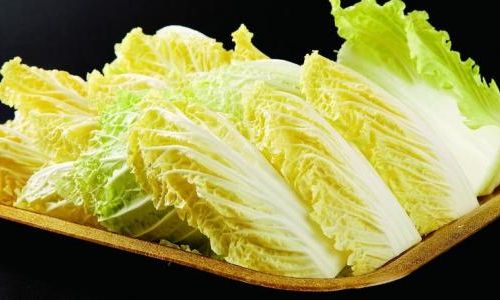
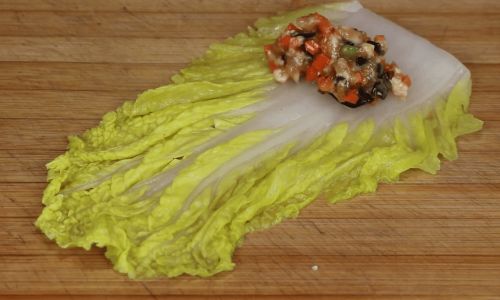


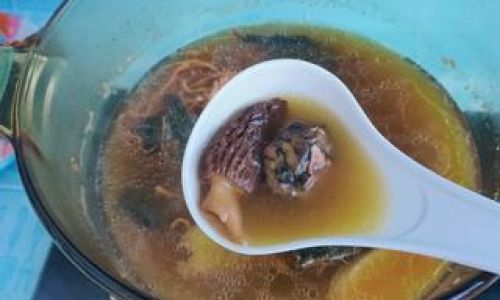

0 comments